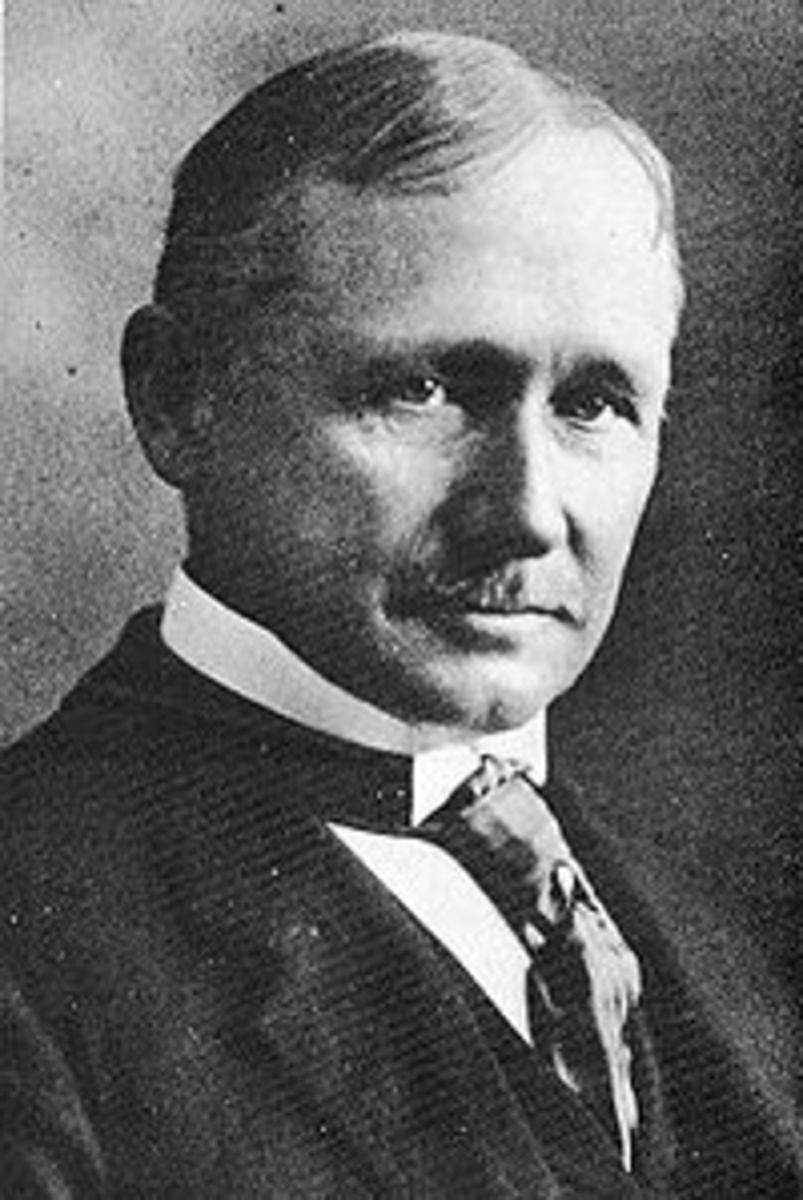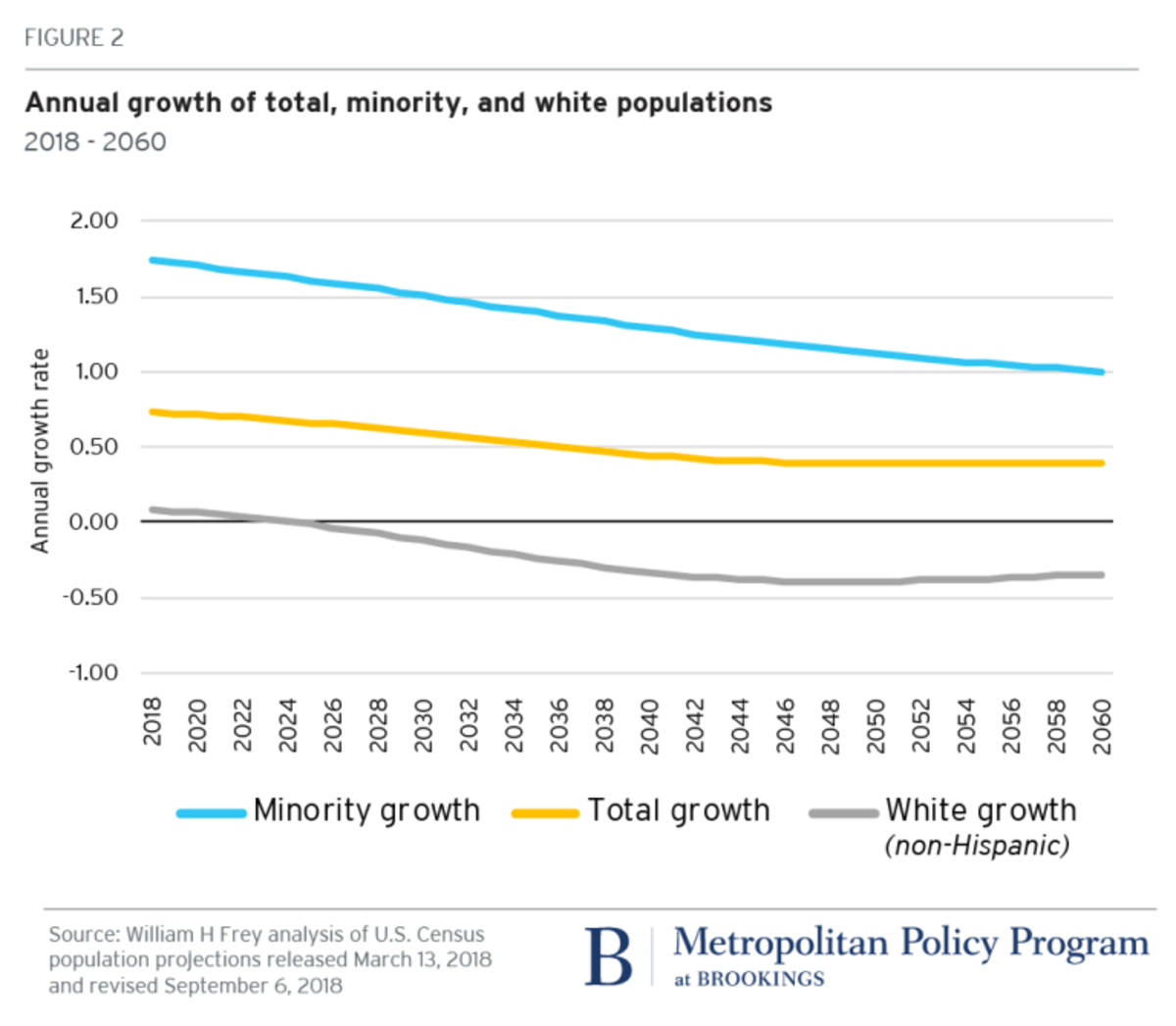Understanding Human Emotions and Motivation
Emotion and Motivation; Understanding What People Feel
Emotions defined from Merriam Webster dictionary (2009) as “an effective state of consciousness in which brings joy, sorrow, fear, hate, or like; as distinguished from cognitive plus volitional states of consciousness. In order to separate people as unique individuals emotions are needed to differentiate them. Arousal is referred to “as the mobilization or activation of energy that occurs in preparation or during the actual behavior” (Deckers, 2005). This information is important to know especially when it comes to historical theories that explain how emotion and arousal relate to human motivation.
The two historical theories chosen for discussion here are Yerkes-Dodson Law and Schachter-Singer. Both of these theories are in correlation with how emotion and arousal affect a person’s performance as well as the motivation. Arousal is a heightening of sensory perception in response to stimulus. Yerkes- Dodson law is apprehensive with how arousal affects performance and motivation. According to Deckers (2005) the law of arousal states “low arousal produces maximal performance on the difficult tasks, and high arousal produces maximal performance on easy task.” Arousal can increase focus along with attention, energizing a person’s behavior. Cognitive arousal increases performance when the physiological arousal is recognized.
Schachter-Singer theory is troubled with how arousal and emotion affect performance and human motivation. In this theory a person learns that events cause physiological arousal first then emotion (Deckers, 2005). An example would be the common scenario of walking down a dark sidewalk late at night. The person starts hearing footsteps behind them, their hearts starts racing and their breathing gets heavier fearing danger. This is the arousal part of the event and the emotion is fear, because the behavior is the sense of danger. In this situation the motivation is at a high level to get out of there. Both of these historical theories give an understanding as to how and what affects behavior, performance plus motivation. Emotions tend to have the same arousal patterns in which are dependable on the cognitive of a situation (Deckers, 2005).
The emotional responses in any situations will vary not only for the reason of it separating people into individuals but, because all situations are different. The influences of emotions are arousal come in many forms with factors that can affect human motivation. This of course does not explain the changes in a person’s behavior however the levels of arousal either too high or too low to the primary motives and the different emotions humans have can. That mentioned above is also the basis of Yerkes-Dodson theory and the Shachter-Singer theory as well.
How Research Has Proven Theories
There are several research methods that doctors use to uncover a person’s emotions. A psychologist by the name of Dr. Paul Ekman used video recording as a way to determine what emotions his patients were feeling. (Henley, 2009). Dr. Elkman’s work concentrated on the seven basic emotions: anger, disgust, contempt, fear, surprise, happiness, and sadness. One of his patients, a woman, had experienced a horrible event and was unable to deal with it. She claimed that she was not afraid and believed she was ready to go home. Dr. Elkman recorded his sessions with the patient and replayed the videos back slowly so that he could watch her facial expressions more closely. Before too long he noticed fear in her expressions.
This research method is very useful because it allows the researcher to examine the patient at his or her own speed. When the researcher is conducting an interview, he or she has several things going on at one time and this makes it hard to catch everything. By reviewing the videos, the researcher has a better opportunity to watch the patient.
Another method that researchers use to uncover the emotions of his or her patients is conducting a positron emission tomography (PET) scan. (Mayfield Clinic). By injecting a radioactive material into the bloodstream, this allows the doctor to see what areas of the brain are more activated. Not all emotions are activated in the same area of the brain.
Therapy is another excellent way for researchers to help patients understand and show their emotions. (Greenberg & Goldman, 2009). Many people benefit from this method. For instance, a couple who are having marital problems because one of them holds his or her emotions inside can go to a marriage therapist to discuss their problems. Another example is a child who has been abused and does not understand how to express his or her emotions. A pediatric therapist is trained to help children, such as this one, to let their emotions out and start to recover.
Deckers, L. (2005); Motivation (2nd ed.) Upper Saddle River, NJ: Pearson retrieved from Motivational Processes in human psychology course material from UofP.
Emotion, (2009). In Merriam-Webster online dictionary; Retrieved July 20, 2009 from http://www.merriam-webster.com/dictionary/emotion
Greenberg and Goldman.(2009). Emotion Focused Therapy, Greenberg and Goldman, 2009, retrieved on July 20, 2009 from
http://www.emotionfocusedtherapy.org/EFT08%20Couples%20%20Brochure%20V.200 8.08.01.pdf.
Jocelyn M Keillor, Anna M Barrett, Gregory P Crucian, Sarah Kortenkamp, Kenneth M Heilman.( January 2002) Emotional Experience and Perception in the Absence of Facial Feedback. Journal of the International Neuropsychological Society : JINS. Cambridge:Vol. 8, Iss. 1; p. 130 (6 pages)
Mayfield Clinic, Positron Emission Tomography, retrieved on July 20, 2009 from
http://www.mayfieldclinic.com/PE-PET.htm
Henley, (2009) Microexpressions: A psychologist’s guide to uncovering lies, retrieved on July 20, 2009. from http://www.taipeitimes.com/News/editorials/archives/2009/05/15/2003443630 .
Thoughts on Behavior and Motivation
It is generally believed that our facial features display our emotional status. It can even be observed that when a person sees something funny they laugh and are happy or is that how it happens at all? Do people react with emotion and then display that emotion or do the emotional displays happen and then the person feels the emotions? Early psychologists pondered the sequence of emotions, facial expression and events in an attempt to understand the way stimulus affect our behavior and emotions.
Every person has a different experience even when viewing the same event. Events are an external stimulus that can affect a person’s emotional state. The act of smiling or crying may be the reaction to stimulus. Stimulus can come from internal factors as well as external factors such as a person thinking something funny or thinking something sad. As a general rule, people who smile are happier however it is unknown if the smile is in reaction or if the smile produces feelings of happiness.
The facial feedback hypothesis is the theory that refers to the sequencing and effects of facial expression on motivation. The theory is that if a person forces themselves into a facial expression then it will affect there mood and therefore effect their motivation. William James was the first to state that emotions are the caused by our physical actions (Keillor, Barrett, Crucian, Kortenkamp, Heilman , 2002). This is contrary to what most people believe which is that; people are happy and then they show by smiling or that they are sad and therefore cry. James’s theory states that you can smile and the feeling of happiness will follow. In essence the feedback of smiling is being happy rather than the feedback of being happy being smiling.
James Laird studied the idea of physical appearance on emotions. He built on William James idea that the sequencing of emotions and expressions were not what was previously understood. In his study he documented how facial expression, posture and movement affect a person’s emotional state. Laird decided that a person’s self-perception was instrumental in the emotions they felt in that they would carry themselves with greater posture. The theory of facial feedback supports the idea that the motivation for smiling is to feel happiness.
Understanding emotional theories and their operation within our subconscious, is a useful device for managing our own lives as well as understanding others. As people our driving force is hidden in our multifaceted personalities derived from our genetics, upbringing, and experiences. Every person is a different complex puzzle nevertheless, comprehending the complexities of facial feedback, the arousal of an individual, and the primary motivation can assist in helping that person overcome obstacles in their life.
© 2011 MD Jackson MSIOP








